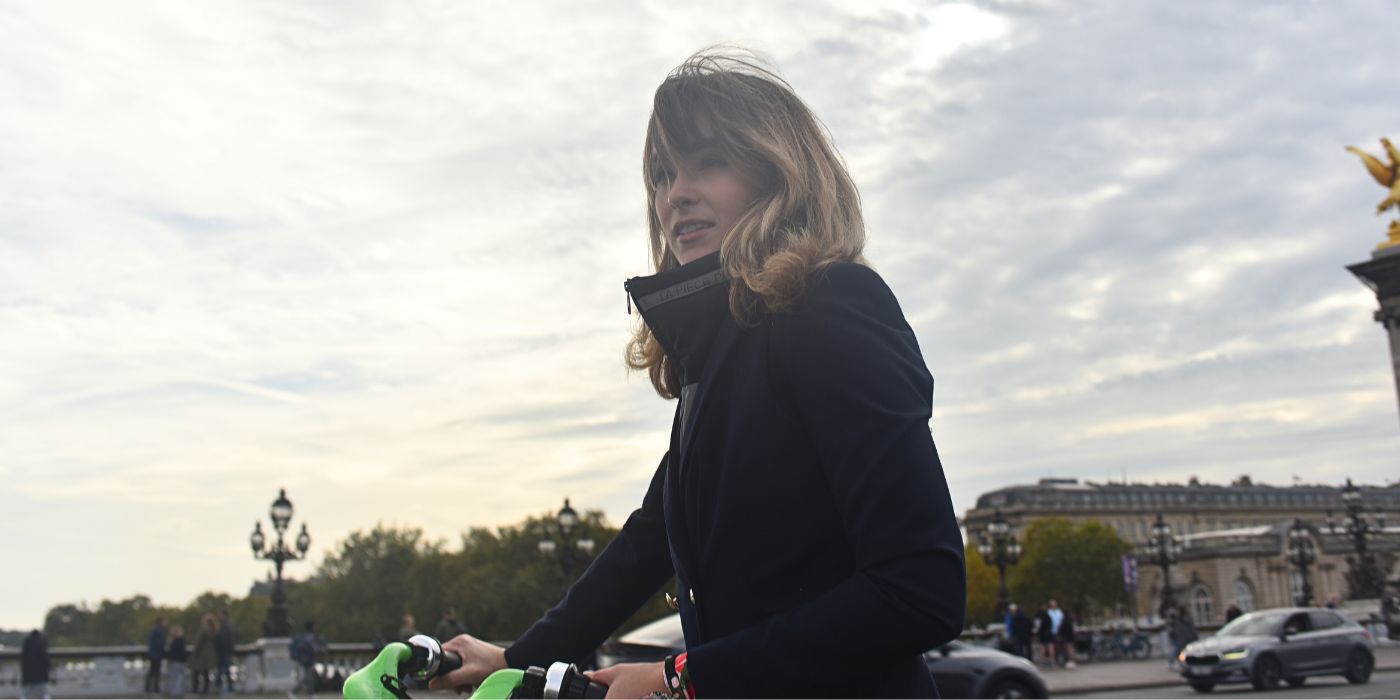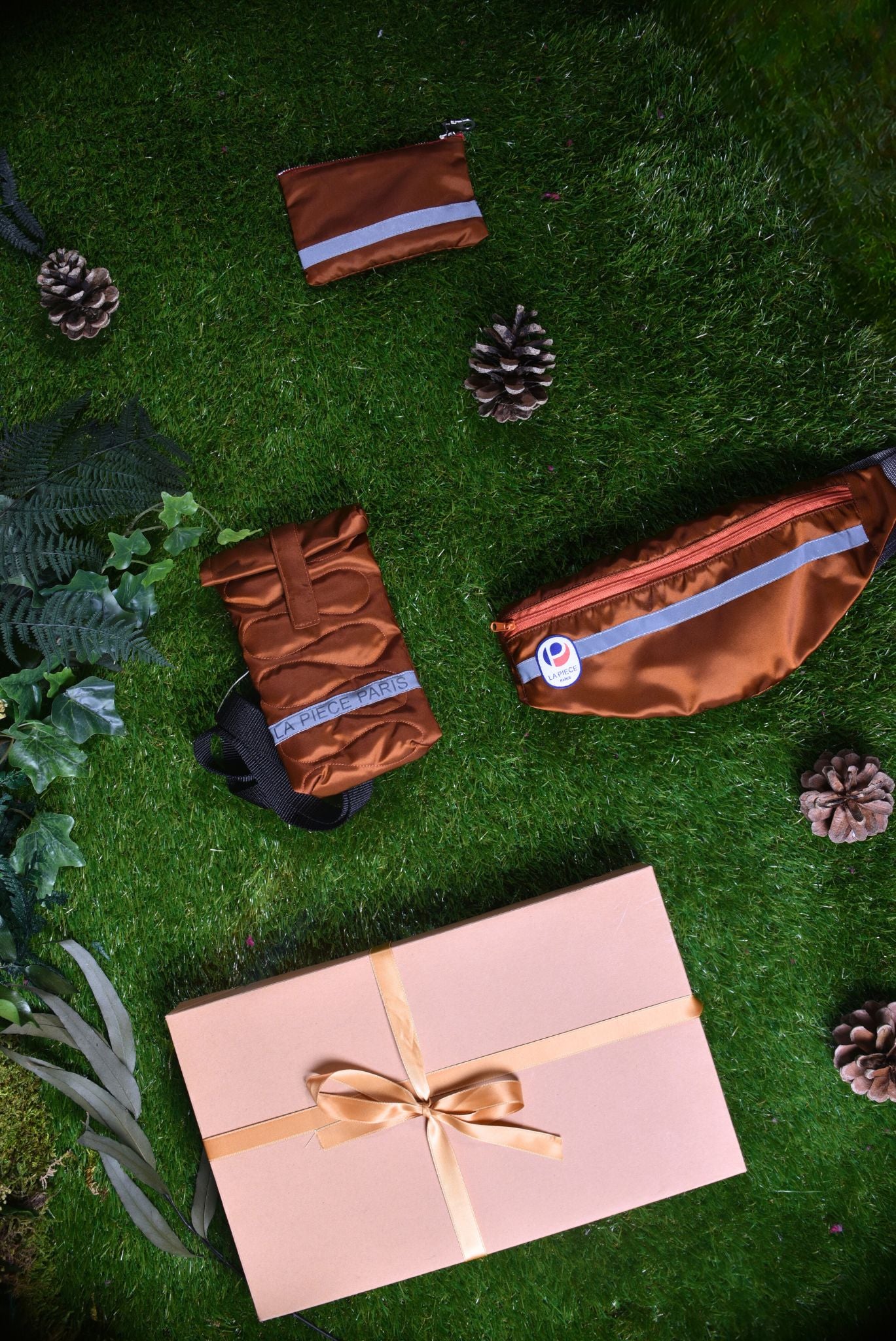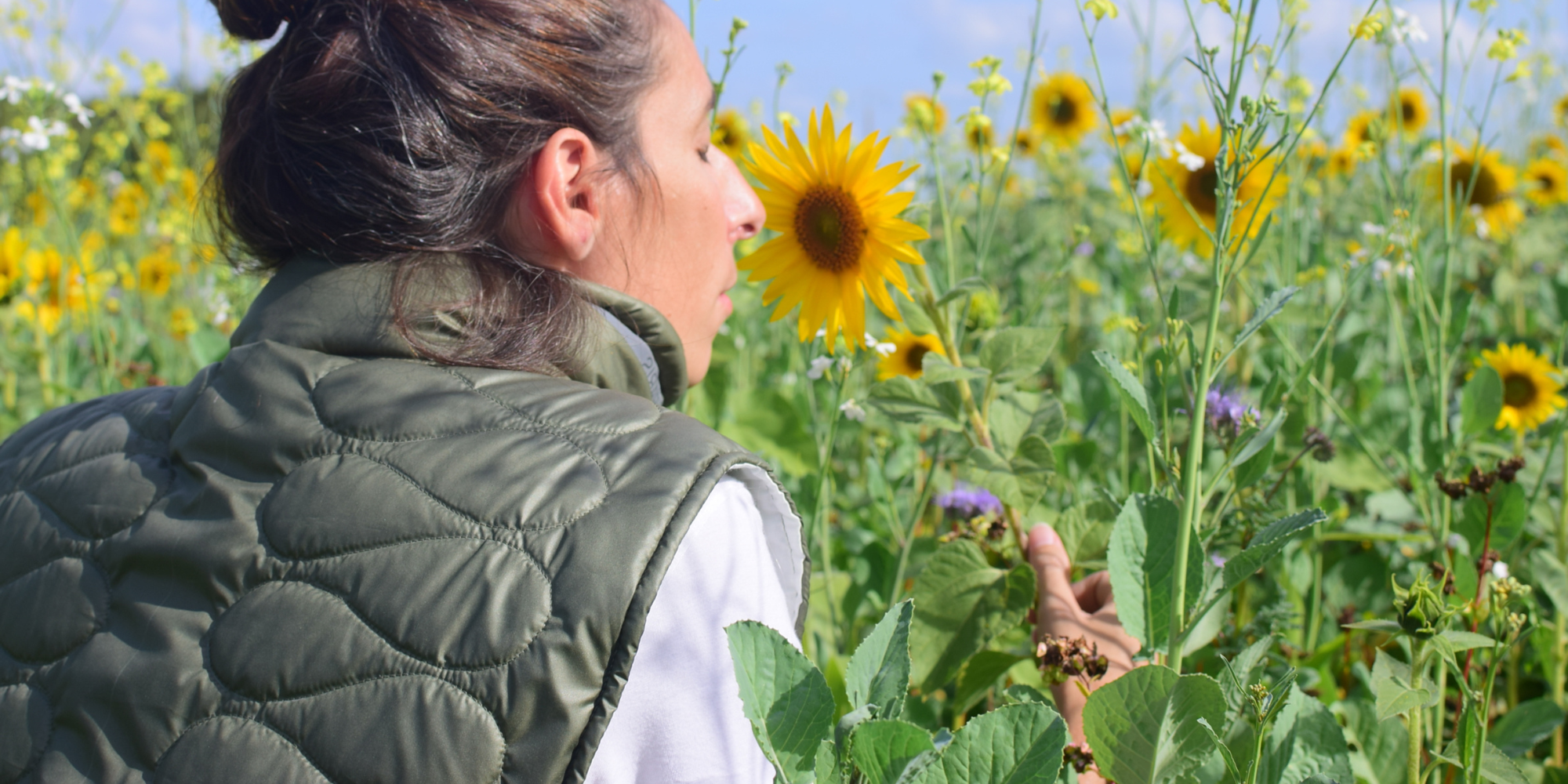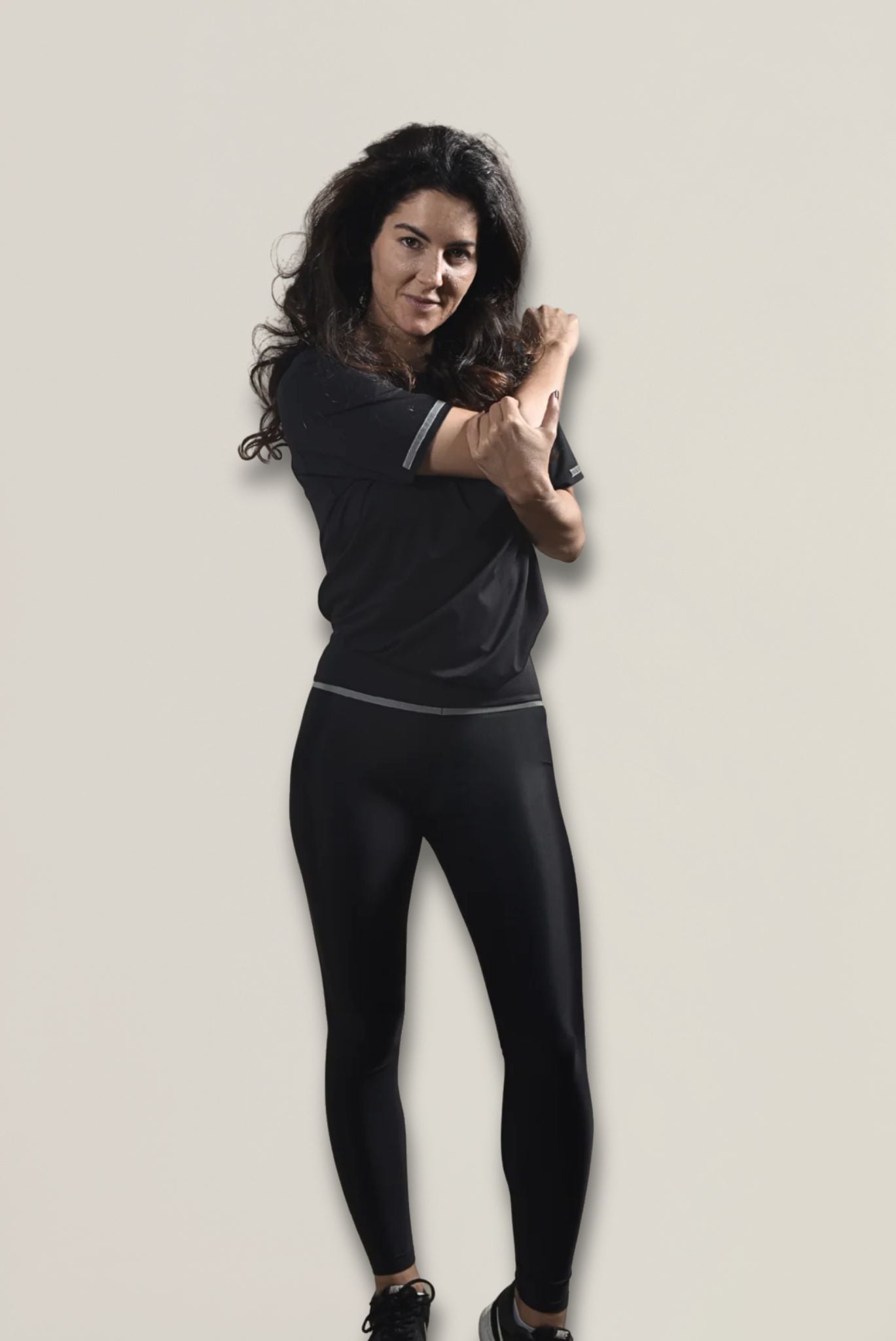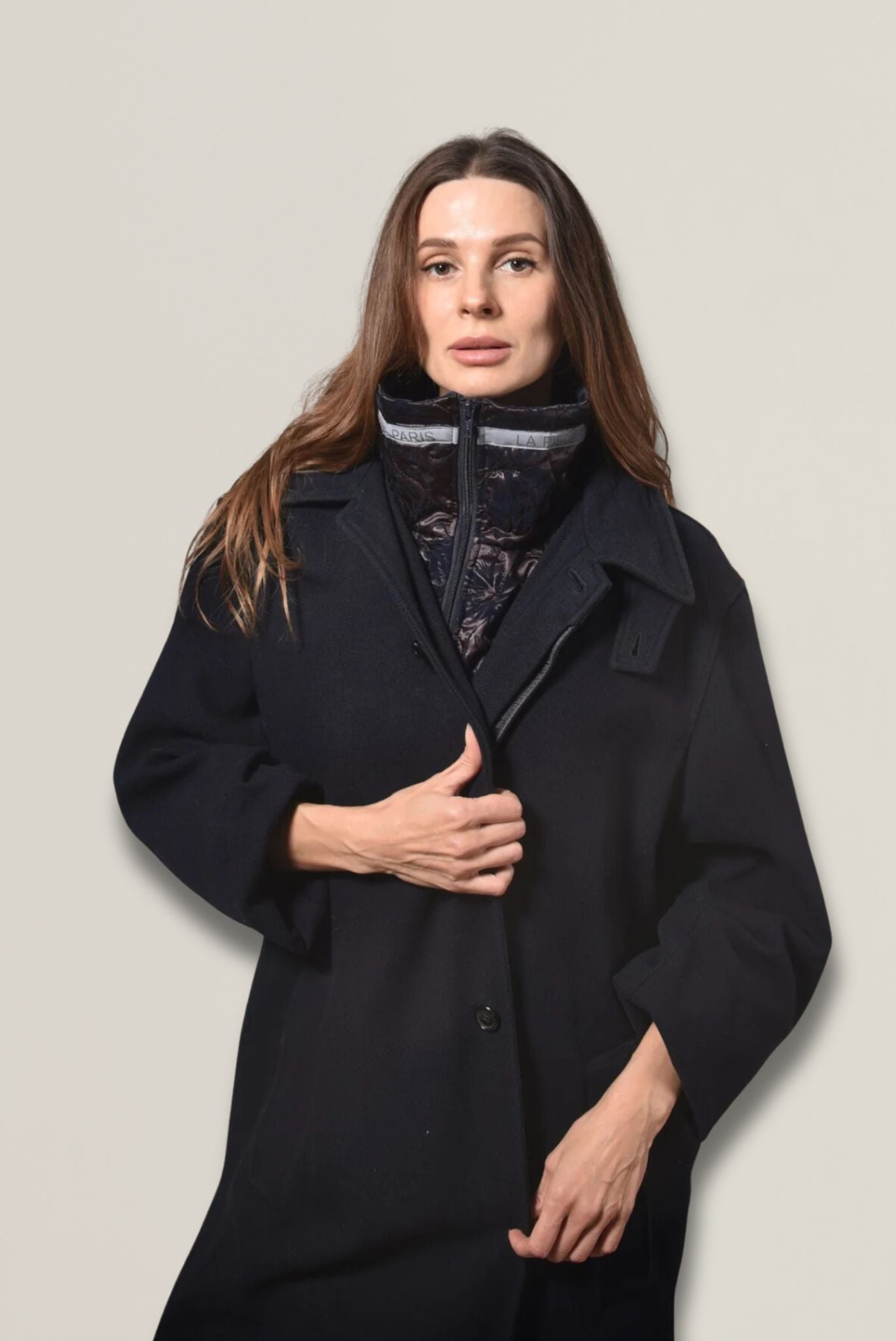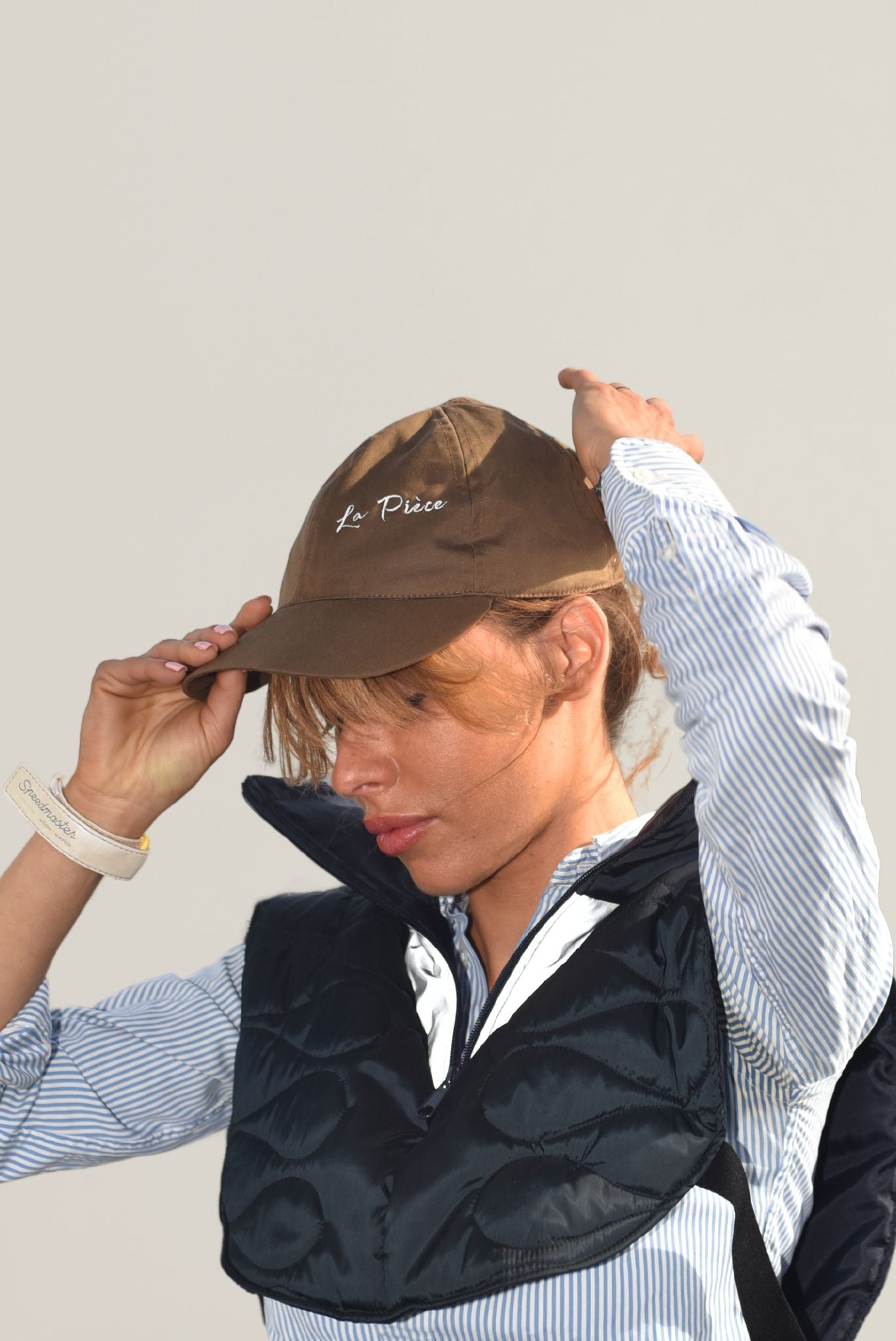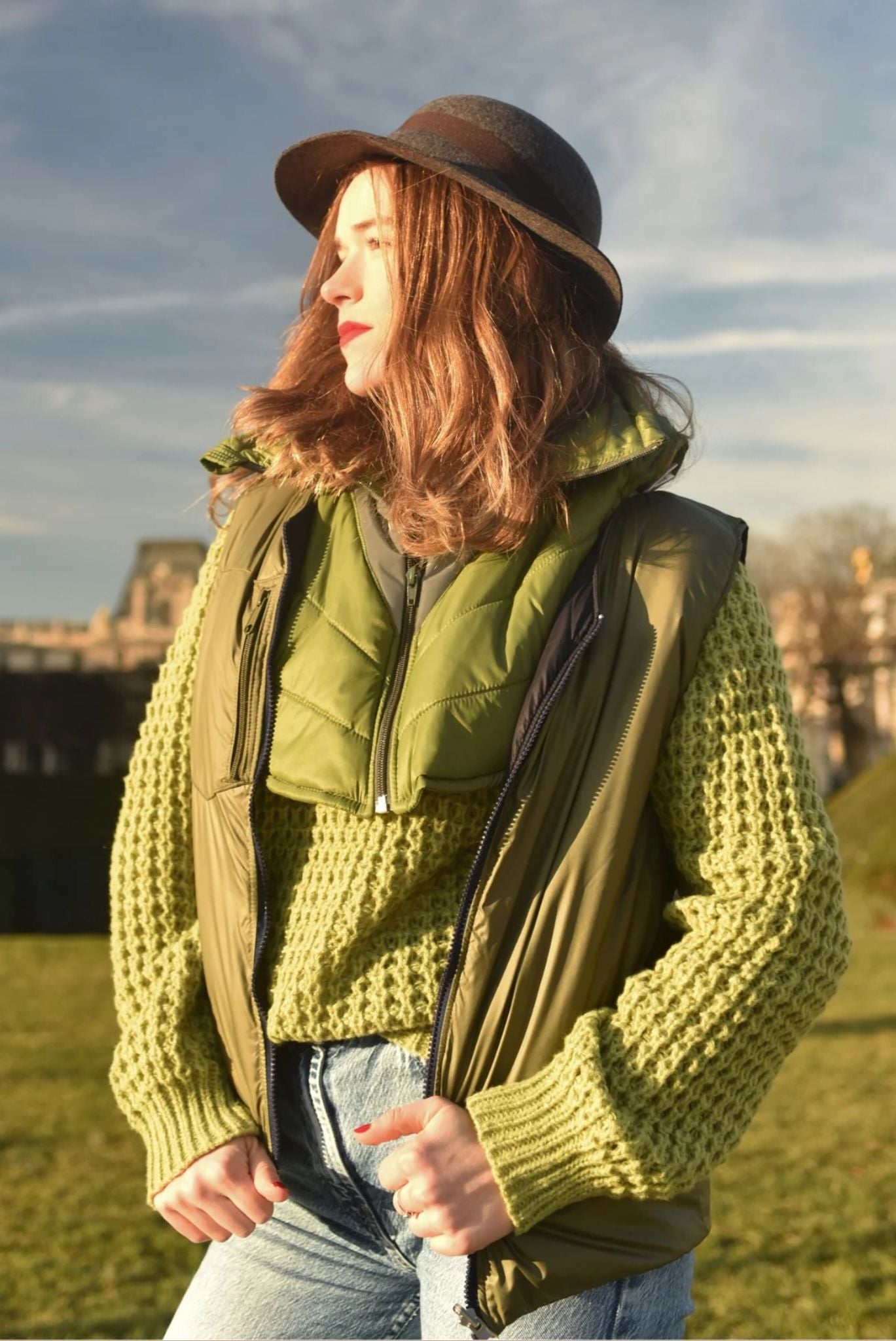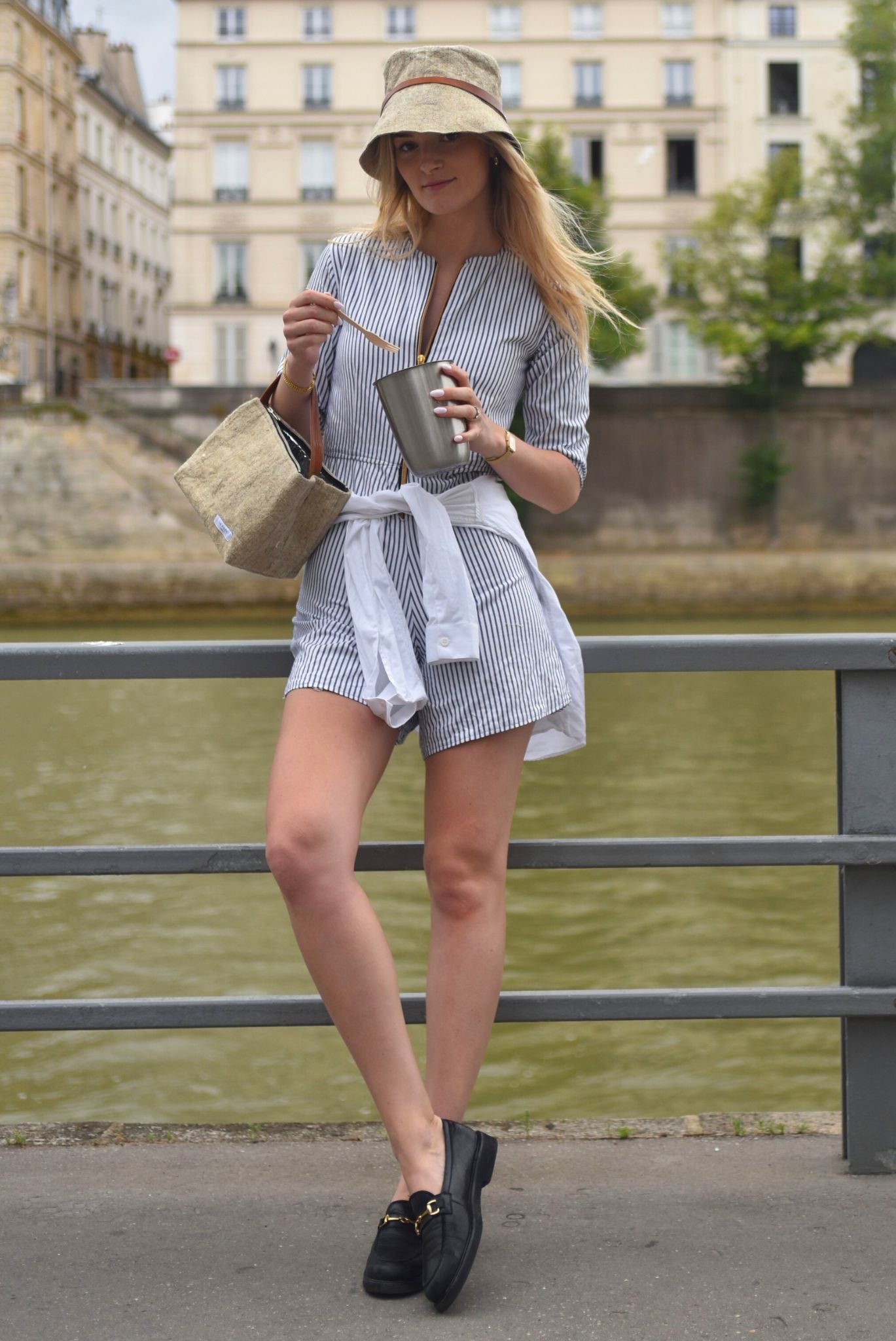A walk in Chablis: walking between history, terroir, and culture

Chablis on foot: walking between history, terroir, and culture
Two hours from Paris, Chablis is discovered on foot. Following the Grands Crus route, the walk crosses both a living landscape and an ancient memory: Cistercian slopes, dry stone walls, Kimmeridgian soils, and open cellars. A discreet art of living: travel light, look, taste, return.
The departure: crossing the village threshold
Everything begins in the heart of the village, in front of the Tourist Office. The visitor stops there for a few moments, observes the light stone houses, the narrow streets converging towards the Serein river. The atmosphere is calm, almost meditative. Barely more than two thousand inhabitants live here, yet the name of Chablis resonates worldwide. This is the strength of discreet places: they do not need to show themselves, they simply exist.
From the first steps, you leave the stone to enter the vineyards. Oberwesel Avenue, named after a twin town, leads to the intersection with the Tonnerre road. There, the path rises. Nothing abrupt: a gradual climb, the ground covered with light chalk, and the view already opens towards the village. This is the threshold of the walk. In a few minutes, the walker crosses an invisible border: the one that separates the everyday from the experience.
The ascent: Les Clos and Blanchot
The tight rows of vines in the Clos accompany the ascent. These plots are among the most prestigious in the appellation. The slope becomes steeper, the breath matches the rhythm of the steps. Here one can sense the rigor of the winemakers' work: dry stone walls, restored cabottes, carefully lifted branches. The eye catches geometric lines, almost architectural, highlighted by the light at every hour of the day.
A little higher, the path crosses the Climat Blanchot. The landscape seems unchanging, yet every detail refers to a long history. The first to organize these slopes were the Romans, but it was mainly the religious who gave structure to the vineyard. In 867, the monks of Saint-Martin de Tours received a donation in Chablis. They developed the vine on the south-facing slopes, facing the Serein, exactly where the 100 hectares of Grands Crus now extend. Then, in 1118, the Cistercians of Pontigny took up the torch. Their rigor, their sense of discipline, their taste for balance shaped this landscape. Walking here is to place one's steps in the continuity of centuries of repeated gestures.
The air is crisp, crossed by scents of damp stone and vegetation. Already, the village recedes behind. The walk becomes immersion.
On the edges: Valmur, Vaudésir, Les Preuses
After the initial effort, the path softens. One skirts the edge of a wood, then emerges onto new perspectives: Valmur, Vaudésir, Les Preuses. These names, engraved on labels, take on a concrete reality here. Each Climat has a personality. Valmur embodies balance, between strength and finesse. Vaudésir seduces with its refinement, like a mineral lace. Les Preuses express power and breadth. The walker, even a layman, senses this diversity in the orientations, the reliefs, the way the light catches the leaves.
Underfoot, the earth tells another story, much older still. The soils belong to the Kimmeridgian era, nearly 150 million years ago. Marls and limestones, embedded with tiny fossil oysters – exogyra virgula. This unique geology forms the typicity of Chablis wine. Walking here is literally treading on the memory of vanished oceans.
To these geological memories is added human memory. Since the 13th century, the wines of Chablis had a unique reputation: "white as rock water," "long-lasting." Transported to Auxerre, then down the Yonne to Paris and Rouen, they then reached the ports of northern Europe. Their purity, their minerality, their aging potential made them a sought-after product. The hill we overlook today is the same one that enriched the city back then.
The walker moves forward in silence. The wind passes through the rows, the explanatory panels mark the path. Some are written in Japanese, a sign of universal renown. The space widens, but the experience remains intimate.
The descent: Grenouilles and Bougros
The path begins its loop. Below appear the Climats Grenouilles and Bougros. The names themselves carry a touch of popular poetry. The descent is gentle, views open onto the valley and the village. One regains a feeling of closeness, as if the path brings one back to everyday life.
These slopes also tell of the trials endured. In the 19th century, the Yonne vineyard covered 38,000 hectares. Chablis was then part of the largest French wine regions. But difficulties accumulated: competition from southern wines transported by railway; powdery mildew in 1886; phylloxera in 1887. In a few years, the Yonne lost nearly half its vines. Chablis resisted better than others but also had to rebuild.
The descent, metaphorically, evokes this fall. But it also leads to rebirth. As early as 1897, replanting began. In 1919, the first appellation boundaries were set, recognizing the historic Climats. In 1938, the final form was adopted: the seven Grands Crus, as we know them today. It is this heritage that the walker explores, needing no other proof than the accuracy of the landscape.
As one approaches the village, the path joins the lower plots. The sound of life can be heard in the distance. One leaves the hill but carries with them a memory, that of a vineyard that has crossed the centuries.
Back to the village: the taste of the essential
Back in the streets of Chablis, the pace slows down. The cellars open their doors, often marked by simple signs. Here, there is no seeking effect. One simply offers to taste. The Grands Crus then reveal themselves in the glass. Their gold-green robe, radiant with youth, evolves to light yellow over time. The nose, initially mineral – gunflint, flint – gives way to more complex notes: linden, subtle honey, almond, dried fruits. A touch of mousseron recalls the terroir's typicity. On the palate, balance asserts itself, between freshness and roundness. These are wines for aging, ten to fifteen years without faltering, sometimes longer.
The tasting experience takes on a special flavor after the walk. The wine is no longer an abstraction: we saw it born on the slope, walked its soil, breathed its air. Each sip extends the journey traveled. One then understands the deep logic of this landscape: a balance between rigor and sensuality, sobriety and complexity.
To accompany the glass, nothing is more fitting than a plate of still-warm gougères. These small cheese puffs, a Burgundian specialty, share the same philosophy as the wine: simple in appearance, refined in taste. Together, they form a complete art of living, where discretion takes precedence over ostentation.
Practical info & advice
Variants & markings
- Start: Office de Tourisme de Chablis (right bank of the Serein).
- Marked trail (yellow), interpretation panels on the vineyard.
- Two short and accessible loops: ≈ 4 km and ≈ 6–6.5 km.
Equipment
- Shoes with lug soles: chalk can be slippery after rain.
- Water, cap/hat depending on season; light windbreaker.
When to go?
- Spring: buds, clear light, mild temperatures.
- Autumn: golden foliage, warm atmospheres.
- Summer: leave early, heat on exposed slopes.
To see / To know
- The seven Grands Crus: Blanchot, Bougros, Les Clos, Grenouilles, Preuses, Valmur, Vaudésir.
- Terroir: Kimmeridgian limestones and marls with exogyra virgula (fossils).
- History: donations to monks (867), Cistercians (1118), medieval exports, 19th-century crisese, boundaries 1919–1938.


